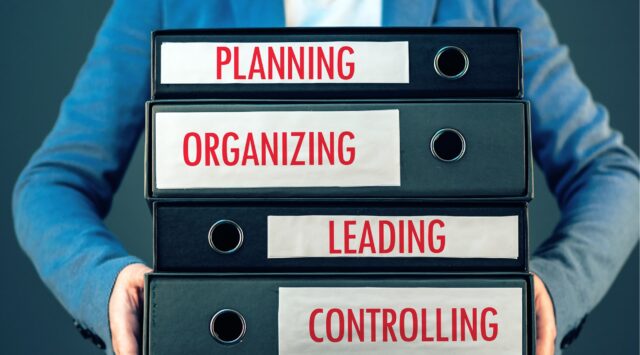In an era where businesses thrive on customer-centricity, achieving customer excellence has emerged as a paramount goal for companies across industries. This is not just about satisfying customers; it is about exceeding their expectations, building loyalty, and fostering long-term relationships.
Why Strive for Customer Excellence?
- Enhanced Customer Loyalty: Delivering exceptional experiences creates a strong emotional bond with customers. This loyalty translates to repeat business, positive word-of-mouth referrals, and reduced customer churn.
- Competitive Advantage: In a competitive market, customer excellence sets you apart. Businesses that consistently exceed customer expectations establish a unique selling proposition that attracts and retains customers.
- Higher Customer Lifetime Value: Satisfied customers are more likely to engage in upselling, cross-selling, and long-term partnerships. This contributes to higher customer lifetime value and increased revenue streams.
- Brand Reputation and Trust: Companies known for their commitment to customer excellence gain a reputation for reliability, quality, and trustworthiness. This enhances brand perception and attracts new customers.
- Reduced Customer Acquisition Costs: Satisfied customers share their positive experiences, essentially becoming brand ambassadors. This organic promotion leads to reduced customer acquisition costs through referrals. Providing favorable customer experiences can lead to a reduction in your customer service costs by 33 percent.
- Feedback for Continuous Improvement: Prioritizing customer excellence fosters a culture of feedback and continuous improvement. Customer insights provide invaluable guidance for refining products, services, and operations.
Metrics to Track Customer Excellence
- Net Promoter Score (NPS): NPS measures customer loyalty by asking how likely customers are to recommend your business. Scores range from –100 to 100, with higher scores indicating more loyal customers.
- Customer Satisfaction (CSAT) Score: This metric gauges customer satisfaction with a specific interaction, purchase, or experience. It provides insight into the immediate impact of your offering
- Customer Retention Rate: The percentage of customers who continue to do business with you over a specific period. A higher retention rate signifies strong customer loyalty.
- Customer Churn Rate: The rate at which customers discontinue their association with your business. Lower churn rates indicate better customer retention and loyalty.
- Average Response Time: For customer inquiries or support requests, this metric measures the average time it takes to respond. Prompt responses demonstrate your commitment to customer needs.
- First-Contact Resolution Rate: The percentage of customer inquiries resolved on the first interaction. A high rate indicates efficient problem-solving and customer-centric processes.
- Customer Effort Score (CES): CES measures the ease of customers’ interactions with your company. Simplifying processes and reducing customer effort can enhance this score.
- Repeat Purchase Rate: The percentage of customers who make more than one purchase from your business. This metric reflects customer satisfaction and long-term engagement.
- Average Order Value: Monitoring the average amount spent per transaction indicates whether customers are finding value in your products or services.
- Referral Rate: The number of referrals received from satisfied customers. A high referral rate indicates strong customer loyalty and positive word-of-mouth promotion.
Partnering for Success
The journey toward customer excellence requires continuous dedication, strategic insights, and a commitment to ongoing improvement. Tracking these key metrics empowers you to measure progress, identify areas for improvement, and align your strategies with customer expectations.
As your business evolves, you might find that partnering with a Business Process Outsourcing (BPO) firm can be a strategic move. BPO firms such as C-Level Strategy specialize in optimizing various aspects of customer interactions, such as support, training, inquiries, and data management. This allows your in-house team to focus on core competencies while ensuring consistent, high-quality customer experiences.
Remember, the pursuit of customer excellence is not merely a business goal; it is a commitment to delivering value, fostering loyalty, and shaping a resilient brand identity. By embracing customer-centric practices and employing the right metrics, you pave the way for sustained success and growth in today’s competitive landscape.




